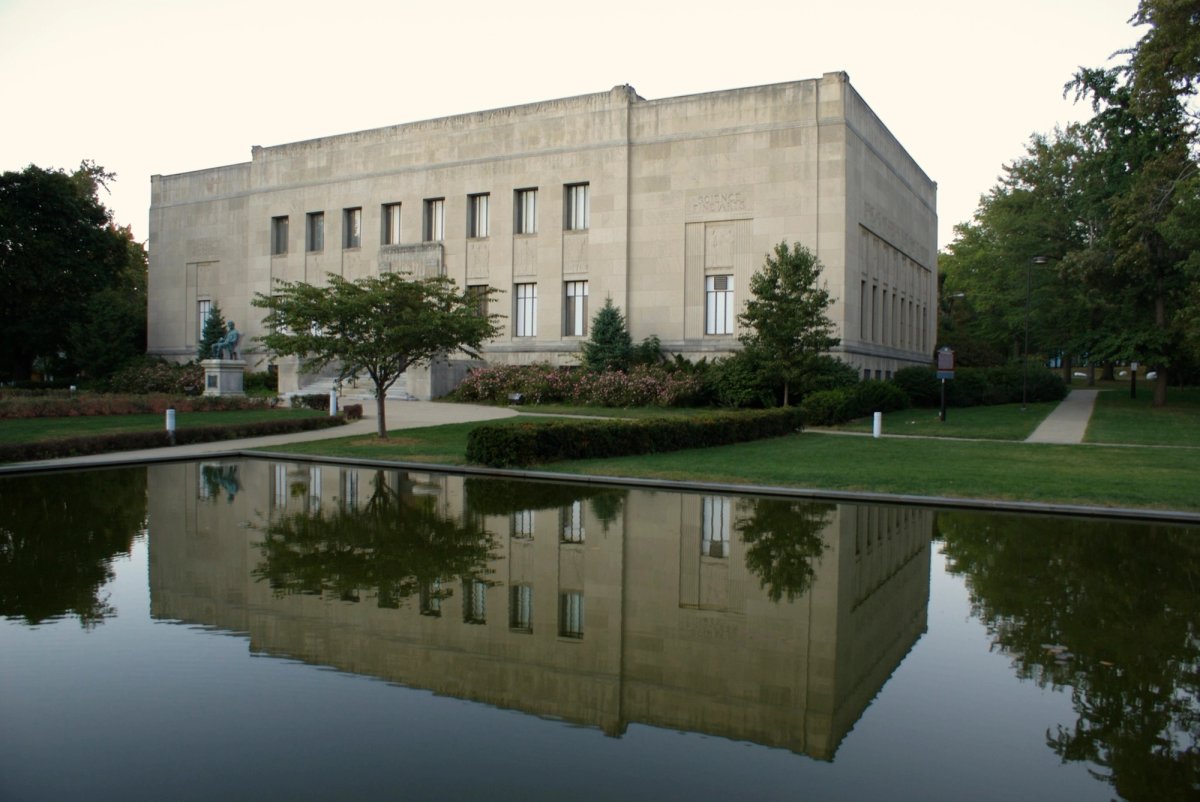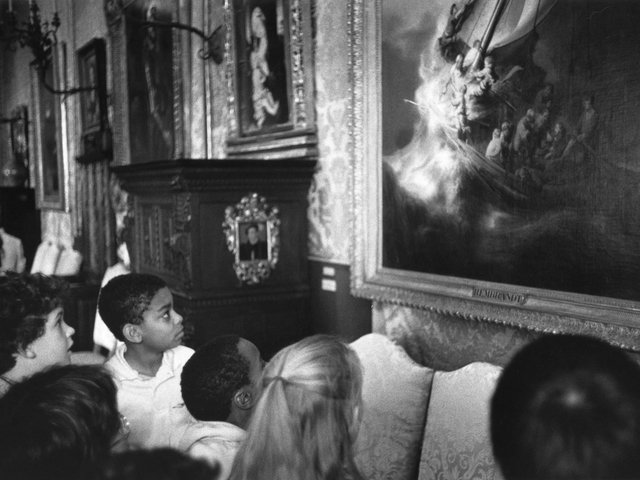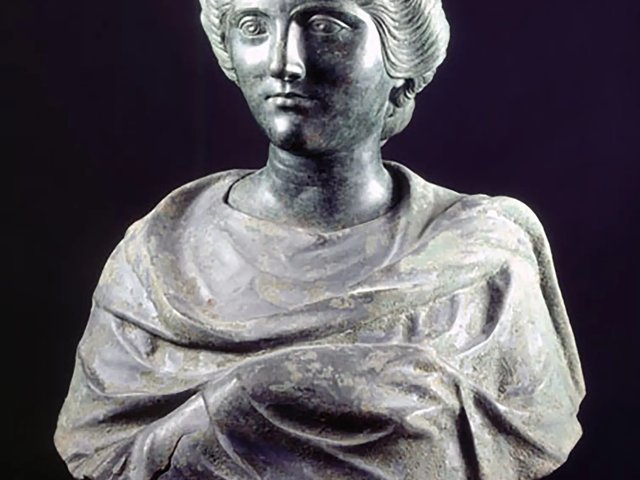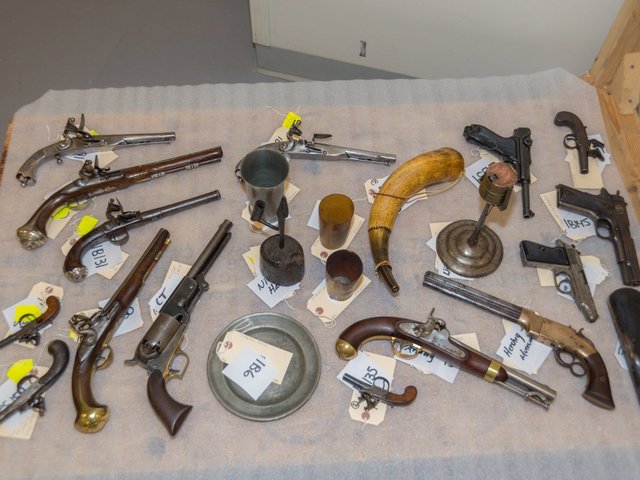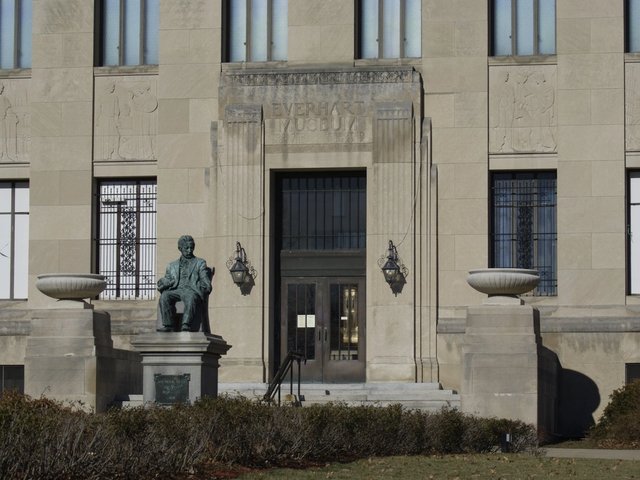New information has emerged from the investigation into a sprawling art and collectibles heist that eluded authorities for more than two decades. Earlier this month, after the US Attorney’s Office for the Middle District of Pennsylvania announced that it had charged nine people with conspiring to steal artworks, memorabilia and antiques from 20 different museums and institutions, it was discovered that missing pieces by Andy Warhol and Jackson Pollock may have avoided the fiery fate of other stolen items from the hoard.
The thieves had taken to melting down or burning evidence to avoid arrest. Still, prosecutors told officials at the Everhart Museum in Scranton, Pennsylvania—from which the Warhol and Pollock works were stolen in 2005—that a defendant reported seeing Warhol’s missing screenprint La Grande Passion (1984) within the last three years. According to The Times-Tribune newspaper of Scranton, the veracity of that claim has not been confirmed.
Four of the nine people involved in the thefts were indicted on 15 June by a federal grand jury on counts of conspiracy to commit theft of major artwork, concealment or disposal of objects of cultural heritage and interstate transportation of stolen property. The suspects had targeted mostly small museums in Pennsylvania, New Jersey, New York, Massachusetts and North Dakota between 1999 until 2019. Stolen items range from Pollock’s unauthenticated 1949 painting Springs Water to $1m worth of Yogi Berra memorabilia from the baseball legend’s namesake museum in Little Falls, New Jersey. The thieves also absconded from various institutions with $400,000 in gold nuggets, $1m in vintage firearms and more than 30 golf and horse-racing trophies.
According to the US attorney’s office, the gang burned Upper Hudson, a painting by Jasper Cropsey, in order to avoid detection. Other objects like championship rings were melted down into metal bars to sell in New York City. As such, chances of recovering the stolen items are low, authorities say.
“After all these years, we are heartened by the identification, capture and (hopeful) prosecution of the nine defendants," Charles Barber, the interim director of the Everhart Museum, told Artnews. “The Everhart is dedicated to the preservation and protection of precious art and historical items. These thieves have proven to be the antithesis of that philosophy by their wanton destructions.”


